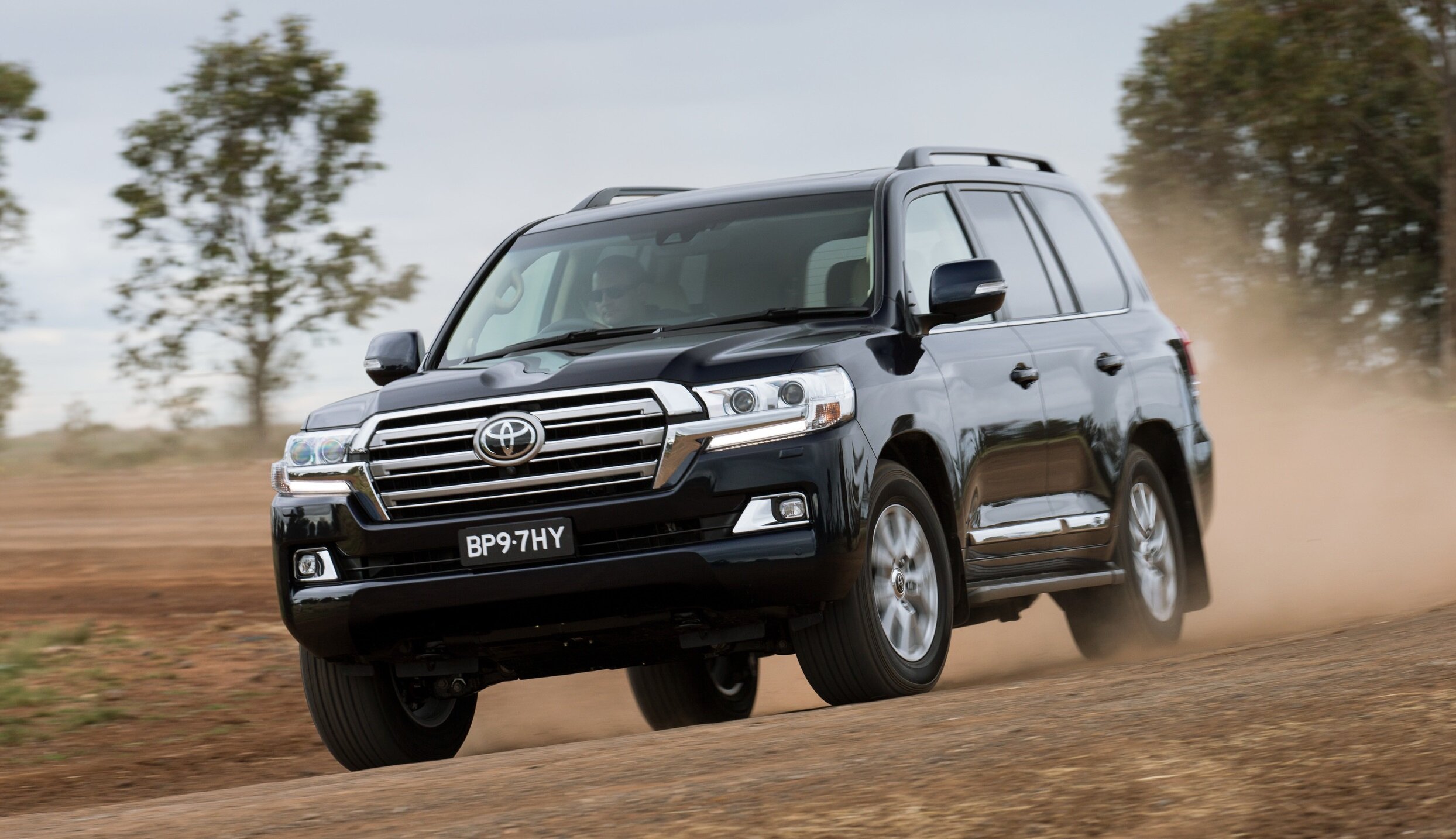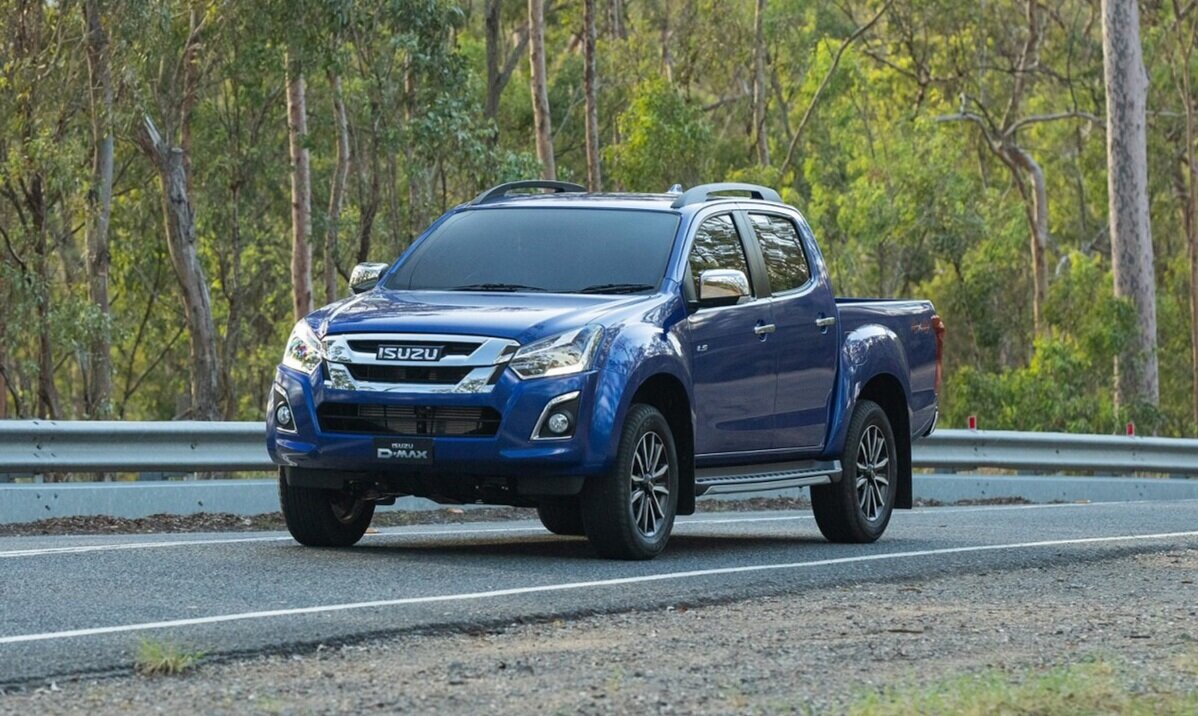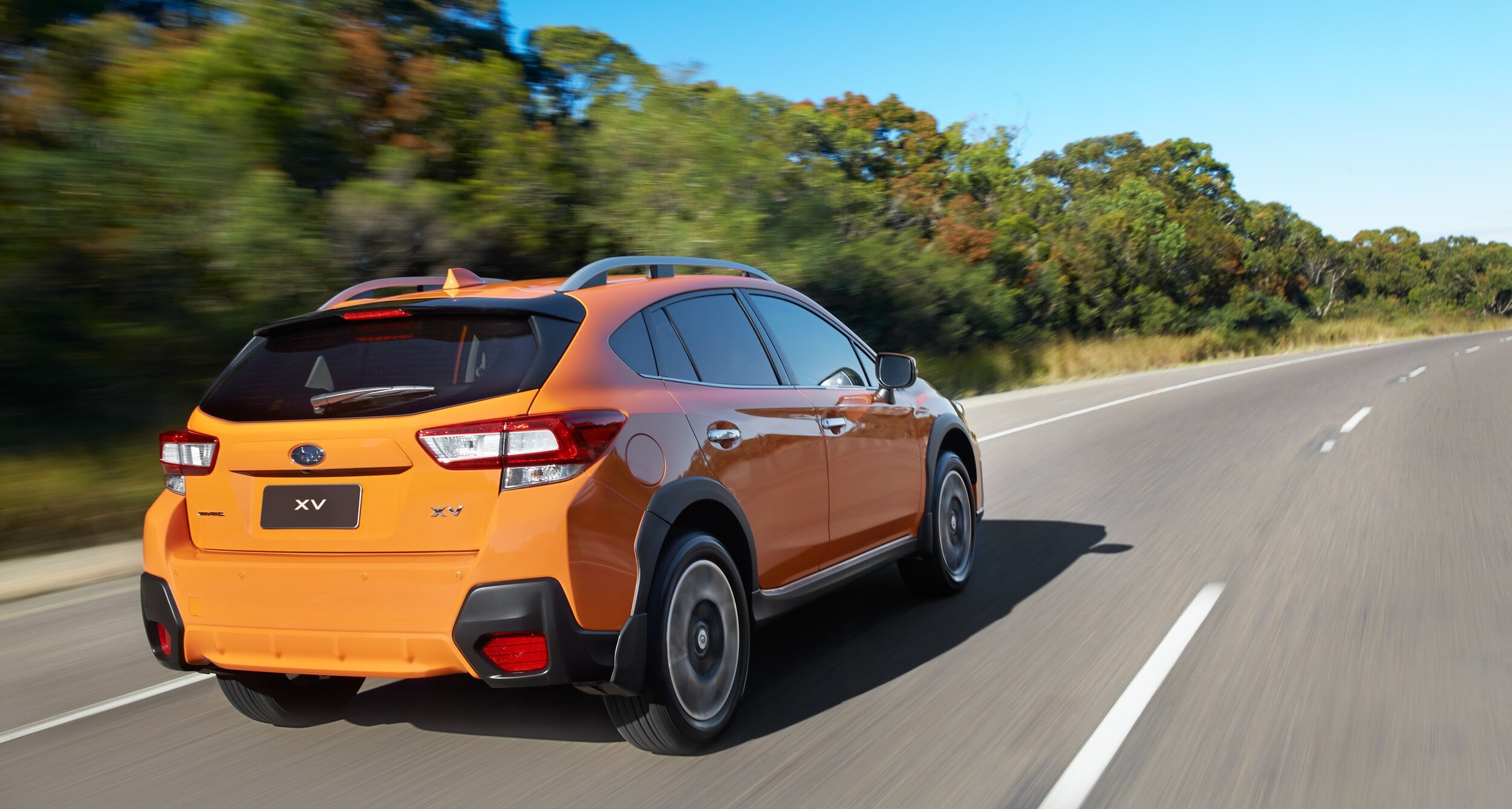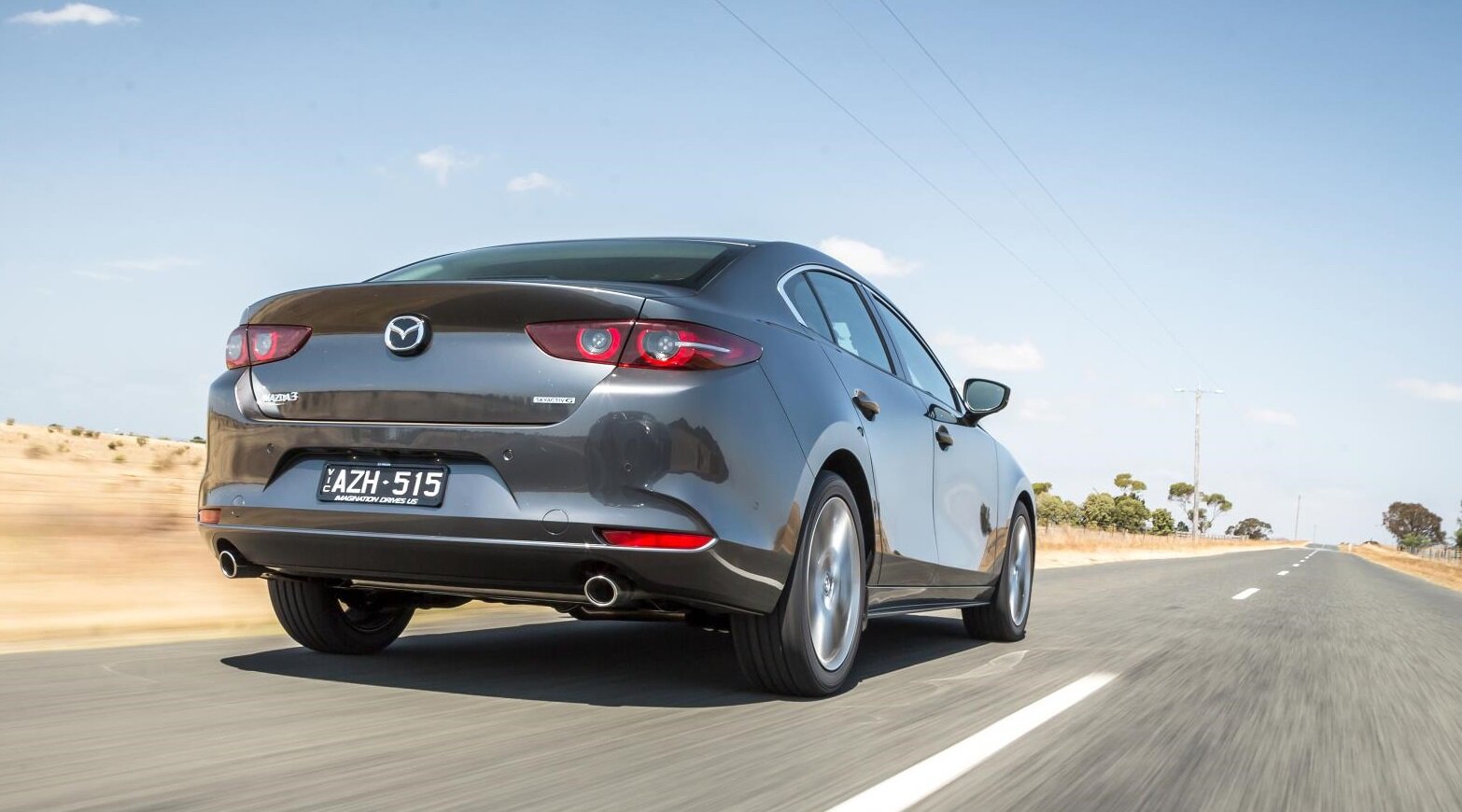Choosing the right vehicle for long distance driving
Here in Australia, many people drive long distances, from time to time. Sometimes it’s touring, other times it’s towing - and occasionally neither. How do you choose the best vehicle for that?
In Australia we do tend to drive long distances - at least some of us. There's a lot of open space between urban centres in some regions.
Unfortunately, a lot of people choose vehicles optimised for (for example) off-roading and/or heavy towing, when the vast majority of driving they do is on highways and around town. The car they choose is thus intrinsically compromised - most of the time.
Here’s one such question from Jack who, despite many flaws I’m sure, is at least thinking about the optimal vehicle for his driving needs, not just buying the first thing that pops into his head like too many do. Often a Toyota.
I am a paramedic who has recently been sent from the big smoke out to the Dubbo Region.
I’m driving back to Sydney on my days off, currently in a Mazda3 and being almost blown off the road by road trains or having to ford water crossings with the recent heavy rain out here (not ideal).
I look at what all the locals out here are driving and it ranges from your small SUVs to large LandCruisers and I cannot decide.
I will be driving to many different ambulance stations out here which could be as far as Lightning Ridge, as well as my six-hour trip back to Sydney every two weeks. I will not be towing anything and would like to do the occasional off-road camping trips etc.
I would love your help in finding the right car for the right price as well as decent dealer condition such as warranty and capped price servicing etc.
I’m looking at options like Isuzu D-Max, Toyota RAV4 or Subaru XV…
- Jack
I understand the problem you’ve got, Jack. Got a lot of time for paramedics, too - so thank you if you are watching this report and in that line of work. This sincere gratitude also applies to you trauma department nurses and doctors, too. Thank you most sincerely for all the good work you do, meeting all those people on the worst days of their lives.
It’s a paradox, right? You don’t get to do your best work until some poor bastard - or bastardette - has the worst day ever. An above-average degree of psychological resilience: not optional, in that line of work, I’m sure.
It’s actually one of the unsung reasons the road toll is lower today than ever - because you lot keep more people going, who would previously have croaked. So: thank you, on behalf of society - even though nobody elected me a spokesperson for everyone. Maybe later.
Horses for courses
So, for starters here, I’d be forgetting anything with a space-saver spare tyre, or which cannot easily be retrofitted with one.
Being limited to 80km/h in West Bumfark after fitting the space-saver will be a pain in the arse.
So, that rules out the Mazda 3 (and siblings), plus Subaru XV and so forth. RAV4 is a joke - in practice the waiting list is horrendous, and Toyota should be shot for its epic mismanagement of that.
As for being blown off the road, by the aerodynamic wake from large trucks - that’s bullshit, respectfully. That Mazda3 weighs 1.4 tonnes. It’s not going anywhere. You feel the wake, certainly. But you’re really not getting blown off the road.
Water on the road: Always tricky. See, Mazda3 has ground clearance of 150 millimetres. If you upgrade to a CX-5, which has a space saver - so don’t do that - I’m just keeping it all in the family, you’ll get 200 millimetres down there (and with Subaru Forester you’ll get 220mm).
So, this will be a slight advantage if sections of the road are awash, but if the water is flowing, or deep - just stay out of it, dude, in either vehicle. Learn to play the banjo, or something, you’ll be there for quite a while.
The problem with upgrading to vehicles like 4X4 utes and LandCruisers is: they’re excellent for off-road capability and heavy towing, meaning they do severe off-road comparatively easily. And they’ll tow a three-tonne (plus) trailer.
When I say ‘off-road’ I don’t just mean dirt road. I mean soft sand, slippery, deep mud, gnarly ascents and descents, which you can barely walk up and down, and ankle-breaking rock-hopping. Like that. A lot of people think ‘off road’ is every time they leave the bitumen. It really isn’t. A dirt road is a road. A normal car can do that.
So, this hardcore all-terrain capability intrinsically makes these kinds of blue singlet off-road vehicles drive like shit on made roads. And before you dickheads in the comments start bleating that ‘my fucking Ranger is the best fucking car I’ve ever fucking owned’ etc, do piss right off, because it doesn’t.
Compared with a car, a Ranger (and others of that ilk) rides and handles like a bucket of shit, both on the highway and around town. Goes pretty well off road. Tows heavy things. A bit shit for normal driving. That’s what you signed up for.
This is an engineering compromise. You cannot have both.
Distance relative
So here’s my recommendation on compromise and vehicle selection. If you’re at Lightning Ridge and you drive back to Sydney - a lazy 750kms - it’s all on made roads.
The vast majority of the driving Jack here is planning is on made roads. Plus a tiny amount of flood water fording, plus the firm possibility of a definite ‘maybe’ of a tiny amount of (barely) off-road driving to a potential campsite at some undetermined date in the future.
How about, in this situation, you buy a vehicle that’s really good at the vast majority of driving you will actually do, as a dead certainty? There’s an idea. Something which can - with a certain amount of compromise - do the kinds of driving you might do for just a tiny proportion of the vehicle’s operational assignment.
If you’re a paramedic, this is kinda like triage - or packing the bag you use, for getting winched out of a helicopter. What do you put in the bag? All the stuff you’re likely to need in a hurry, to keep a badly injured person going. Trauma shears, tourniquet, airway management, chest tube, big, fat syringes full of suxemethonium and thiopentone - all the fun stuff. And none of the stuff you probably can do without. Penicillin: Not so important, in the domain of urgency.
That means the smart move here is to get a vehicle that does a good job on made roads. This may, of course, means it’s a bit crap in places ‘out there’, like on corrugations or a beaten-up dirt road, but that vehicle should also cope with the potential ‘occasional off-road camping trip’ you propose.
Bear in mind people always say this, and some end up buying the pimp’s Cadillac of off-roaders (Toyota LandCruiser, Nissan Patrol, Land Rover Discovery etc), only to go camping twice, or never.
Or, absurdly enough, they go camping in places you could drive in a Corolla. So they end up driving, insuring, fuelling, poorly manoeuvring and garaging some big, heavy, cumbersome, expensive, thirsty shitbox tank on the highway at 110km/h. Definitely not ideal. Wasteful, even irrational.
The towing fraternity is like this too. People tow some dual-axle caravan 200kms up the coast and back, twice a year, for a total of 800kms a year of towing. But for the regular 15,000kms of normal driving, they’re stuck with something agricultural and horrid to drive over tram tracks. Why not buy a vehicle that does a really good job for those 15,000kms of normal driving, and which does an admirable, even average job at the twice-per-annum towing?
If you have to suck up some compromise, do it on the towing side, which is only a tiny amount of what you ask the vehicle to do.
Obviously you’re not going to lump some enormous oversized towing demand on a vehicle incapable of meeting that challenge safely - but that doesn’t mean you should outlay for the extreme. Again, buy what suits for the majority of your driving.
As opposed to buying a vehicle that’s outstanding at the towing but drives badly for the other 15,000 kays. A lot of people go with option ‘B’ here and buy a Terminator to swat a fly - I don’t know why.
Hence Jack does not need a dual-cab ute, or a beastly LandCruiser or some hastily stilted hatchback. He needs a safe, comfortable mid-size SUV.
Final thought
So, basically, if you’re actually going to do full-on off-roading (and not just occasionally driving on a dirt road) then a vehicle like a Pajero Sport is ideal. It’s based on a Triton ute, but they’ve made it more civilised thanks to a coil-sprung rear and an eight-speed auto. And it’s good value too, unlike the six-figure LandCruisers/Discoveries etc.
If you’re just going to camp occasionally at the end of some easy trail or dirt road, buy something like a Kia Sportage or Hyundai Tucson. These have a full-sized spare and a lockable AWD system in case it’s a bit slippery underfoot, decent dynamics and a seven-year unlimited-kilometre warranty (in the case of the Kia) and five for the Hyundai.
Good customer support, too. I’d get the 2.0-litre diesel, which will be remarkably efficient for the large proportion of highway driving Jack does, as well as go more than adequately well for overtaking and climbing over the Blue Mountains etc.
The main message here to anyone selecting a vehicle is: Optimise the choice for the bulk of the driving and ensure you’ve got capability, even if it’s compromised a bit for the other occasional things you’d like that vehicle to do, potentially. If there’s going to be a compromise, compromise on the activity you do the least of.























The Mitsubishi Outlander is an excellent-value seven-seat family vehicle with plenty of features and capability. It looks modern and tough, but you need to know if it’s going to be good enough compared with other medium SUVs.